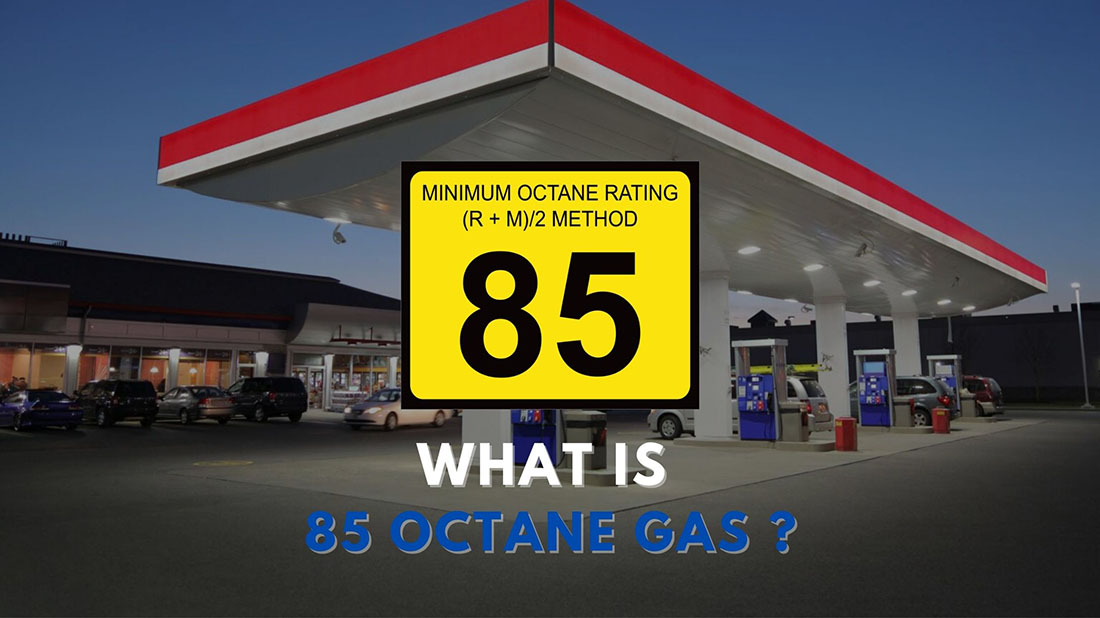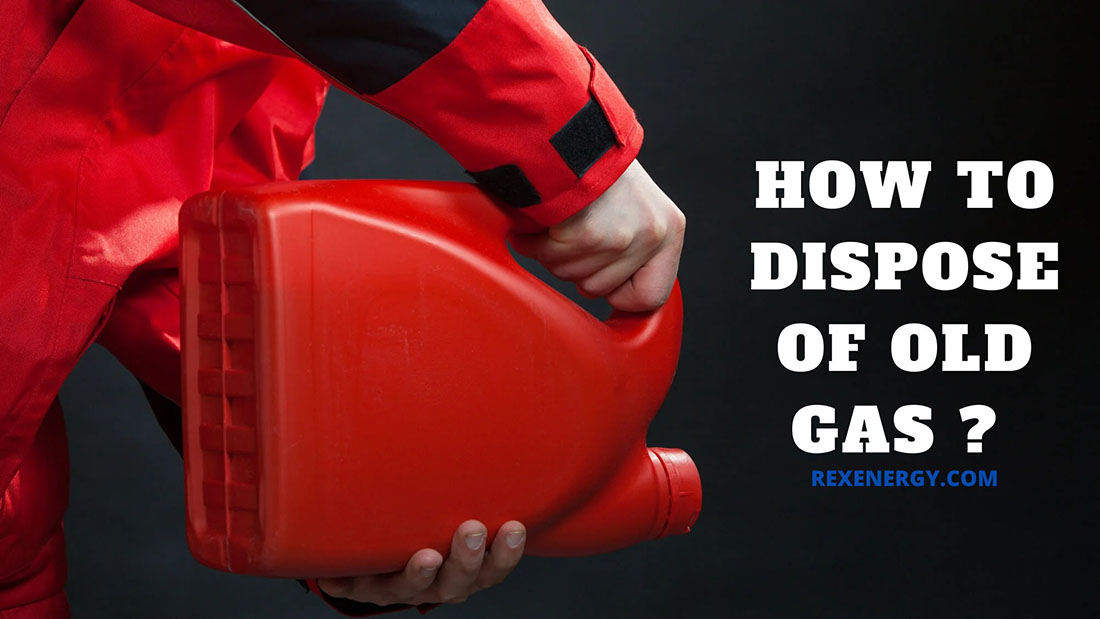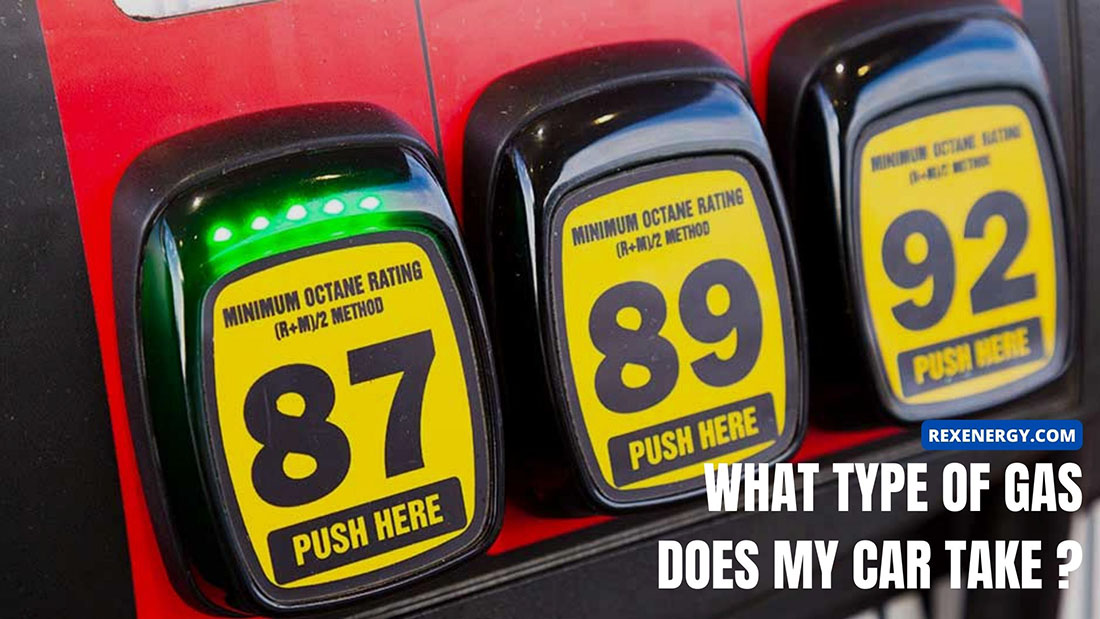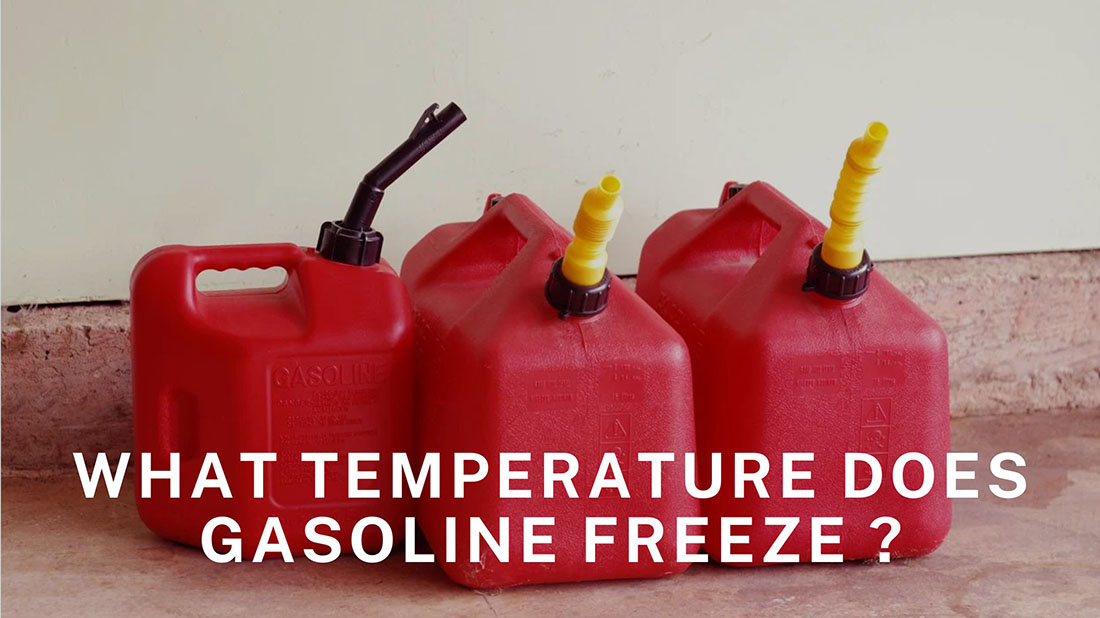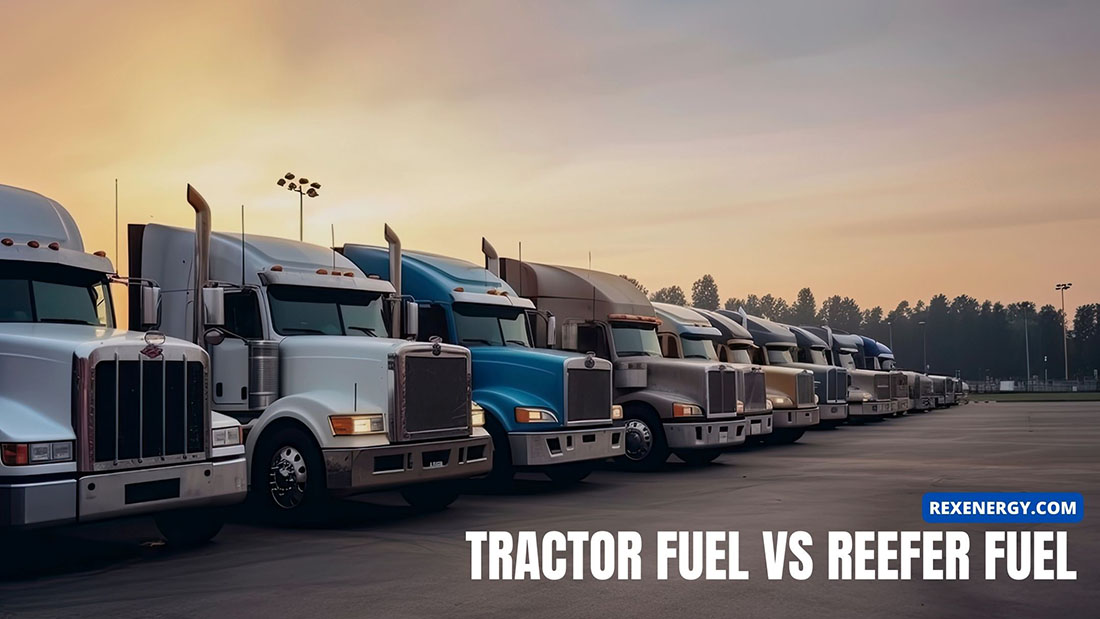If you mostly drive light, standard vehicles, low-octane gasoline like 87-octane is most widely used. But have you ever encountered 85-octane at a filling station? Though not as common as 87, 85-octane is also a possible fuel choice. Let’s discuss its properties, main usage, and whether putting this gas in your car is always safe.
What Is 85 Octane Gas? What Is It Use For?
85 octane gas is a type of gasoline with an octane rating of 85 – much lower than other gas options. It is mostly used in high-altitude areas for standard, low-performance vehicles or those that do not have high-compression ratio engines.
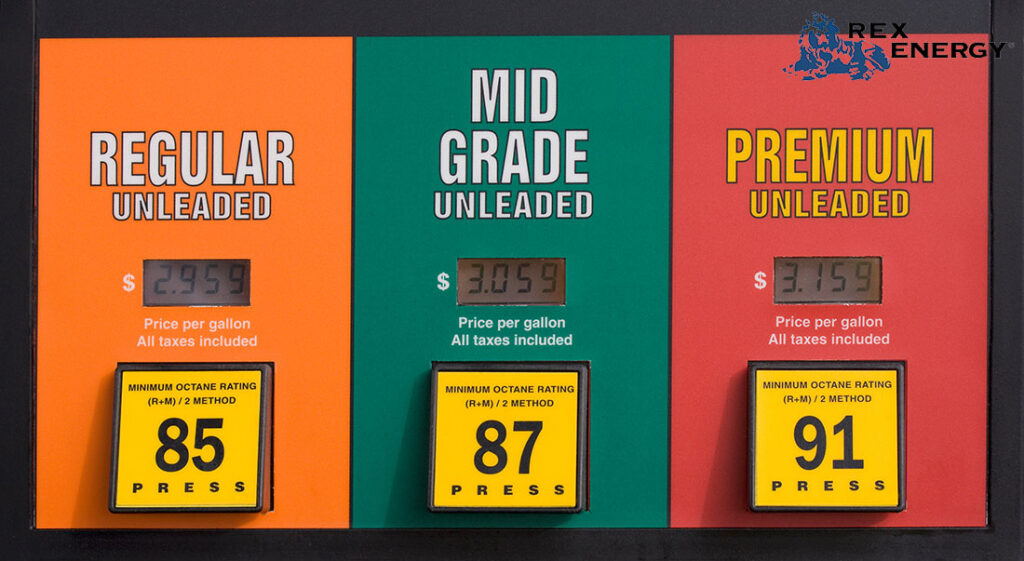
Specifically, “octane ratings” refer to the fuel’s resistance against engine knocking or pinging, in which the air-fuel mixture ignites prematurely in the engine cylinders. In short, a higher octane level means safer, more efficient combustion.
Since 85 is not considered a high rating, people usually use it for high-elevated areas; the barometric pressure in such conditions is typically low, resulting in much lower temp for combustion and keeping risks minimal. The amount of oxygen also reduces the higher you travel above sea level, requiring even less gas in the air-fuel mixture during ignition and thereby reducing the likelihood of knocking.
Old vehicles with carburetors will work extremely well with lower-rated gas like 85 octane.
Where To Get It
Unfortunately, 85-octane gasoline is less common than mid-grade (89-90) or premium gasoline (91 or more), so not all gas stations distribute it. You should do research, ask the locals around your neighborhood, or contact regional fuel distributors to see if it’s offered in your area.
In certain regions, this gas is labeled as regular unleaded fuel instead of 85-octane; double-check this with the retailer.
Is 85 Octane OK to Put In Your Car?
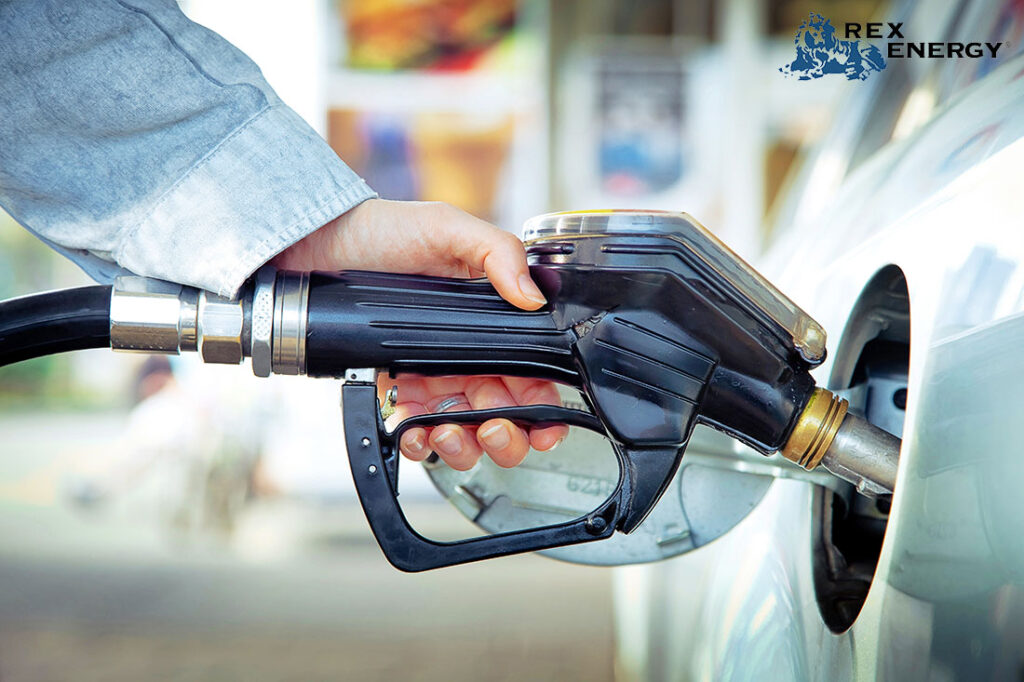
Using 85-octane gas is fine for vehicles that are low-performance, use carburetors, or mostly travel at high altitudes. Otherwise, putting lower-octane gas in modern engines will bring in numerous issues:
Reduced Engine Performance
When vehicles designed for higher-octane gasoline are supplied with 85-octane gas, the fuel will burn much less efficiently due to incompatible compression ratios.
As a result, the car keeps combusting unpredictably and struggles to control itself during acceleration, braking, or climbing steep inclines.
Decreased Fuel Efficiency
Modern vehicles often come with turbochargers or higher compression ratios, which require the premium properties of higher gasoline grades to operate efficiently.
Therefore, when supplied with 85-octane gas, the engines fail to complete the full combustion cycle, wasting lots of energy. Do not be surprised if fuel costs increase and your visit to filling stations is more frequent.
Potential Engine Damage
As briefly mentioned, engine knocking (characterized by an audible pinging or rattling noise) occurs when the air-fuel mixture in the combustion chamber doesn’t ignite properly.
Leaving the issue untreated will strain most engine components, especially the pistons, connecting rods, and crankshaft, leading to premature wear and tear. The cost for extensive repairs afterward might go off the charts.
Increased Emissions
Inefficient fuel combustion stemming from lower-octane gas in modern engines disrupts the emission control system, releasing a much higher level of greenhouse gasses and other pollutants. Worse, you might even face potential legal complications; regulatory authorities have been very strict with their emissions standards.
Risk of Warranty Void
Does your car manufacturer specify a minimum octane requirement? If yes, your repair might not be covered if it partly results from using the wrong fuel type. Long story short, you will end up paying hundreds of dollars (or even more) for the problem, even though your warranty period has not yet ended.
Can I Use 85 Octane Instead of 87?
Both are considered lower-octane gas, so they work quite similarly at higher altitudes. Still, if your car manufacturer or manual clearly specifies that the minimum octane is 87, it would be best to play safe and avoid using 85-octane gas.
Is It Bad to Put 87-Octane In A Car That Takes 85?
No. Most vehicles run better on higher-octane gas regardless of the manual’s requirements, so putting 87-octane in engines that take 85 can still guarantee comparable (if not greater) handling and control.
The only problem is the price; if you do not have much demand for the car’s performance, spending extra money on 87-octane might be unnecessary.
Is 85 Octane The Same As E85?
No, they are not the same. E85 is an ethanol-based fuel blend containing about 85% ethanol and 15% gasoline, with a high octane rating of around 100-105 – much higher than 85-octane. As a result, it is a great choice for modern, flex-fuel vehicles.
Conclusion
When traveling at high altitudes, you can still use 85-octane gas in standard, low-performance vehicles. But be more careful when putting this gas in modern cars since its incompatible properties with the car’s design might destroy engine components, increase emissions, and severely affect your warranty.

